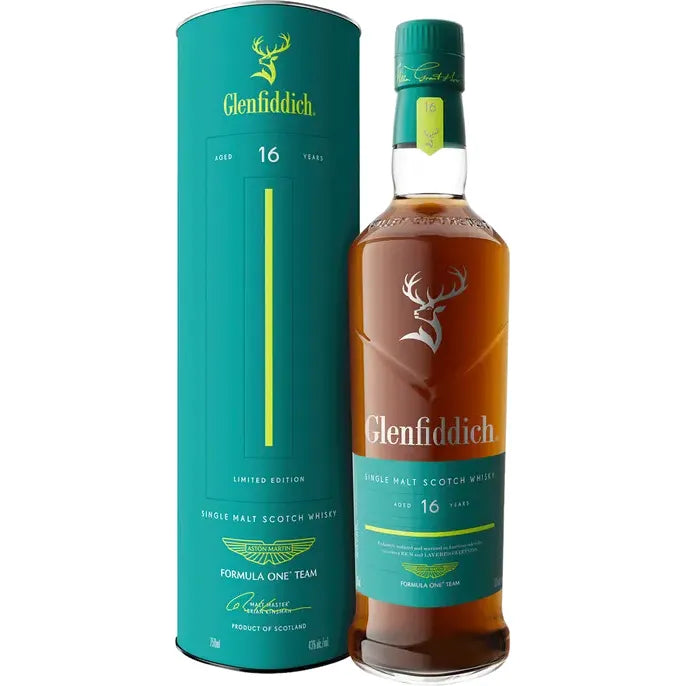Bourbon Isn’t Having All the Fun
American whiskeys show no signs of slowing
There may never have been a time like now in the long history of American whiskey. Bourbon, of course, is on fire, and distillers are now dealing with the scramble to create greater supply, an enormous change from the bad old days of the 80s and 90s when gimmicks and discounts sustained the category.
But along with Bourbon have risen the other American whiskeys, especially Tennessee and most remarkably, rye. Add in the formidable presence of moonshine and flavored whiskies (and the steady performance of even blended whiskey) and there seems to be no end of good news for American whiskey makers and sellers.
According to the Beverage Information & Insights Group, total American whiskey – Bourbon, straights and blends – jumped more than eight percent in 2014. Since 2009, rye whiskey volumes alone have grown 536 percent, from 88,000 9-liter cases to over a half million cases (561,000) in 2014, according to DISCUS. That equals into a 609 percent jump from about $15 million in supplier revenues in 2009 to over $106 million in 2014 (approximately $300 million in retail sales).
Meanwhile, moonshine grew more than 12 percent, from 580,000 to 650,000 cases, last year. Of the 13 leading straight (non-Bourbon) American whiskeys, only three didn’t show sales increases. Numerous blends also did well. And while the volume from so-called craft distillers is generally too small individually to count, in
aggregate that niche is also growing at an impressive clip.
Tennessee whiskey
For the most part, Tennessee whiskey means Jack Daniel’s (4.887 million cases in 2014, up 1.7 percent), although a renewed interest by Diageo in its American whiskey portfolio promises good things for the second-largest brand, George Dickel (162,000 cases, down 4.7 percent). Jack Daniel’s has been introducing new iterations at a steady clip, with the recent high-end Sinatra Selection followed up with the nationwide release of Single Barrel Barrel Proof.
Barrel Proof, ranging from 125 to 140 proof, is the second offering in the Single Barrel Collection after Single Barrel Select, a 94-proof single barrel whiskey. The new expression will be in regular but limited release, with the focus on higher-end independent stores showing success with Gentleman Jack or Single Barrel Select.
“We see that Jack Daniel’s has a long runway, and is making a great connection in today’s consumer market,” says John Higgins, Brown-Forman’s North American marketing director for Daniel’s. “The brand has an incredibly strong following and the new extensions of the brand are meeting the current flavor profile needs of new consumers and bringing them into the portfolio.”
Packaging tweaks can soon be expected for Gentleman Jack, as well as a commemorative bottle in 2016 marking the 150th anniversary of the registration of the distillery. Coming soon is the Sinatra Century, marking the star’s 100th birthday on Dec. 12, a 100 proof expression set to be priced between $450-500 retail (the current Sinatra selection retails for about $200).
For George Dickel Whisky, the introduction of rye and a buy-the-barrel program has helped, says Dickel national brand ambassador, Doug Kragel.
“As the popularity of American whisky continues to grow, more consumers are being introduced to George Dickel and our hand-crafted approach to making whisky. George Dickel’s Barrel Program allows on- and off-premise accounts to travel to Cascade Hollow and pick out their very own barrel of nine-year-old whisky.”
While anyone can make whiskey in Tennessee, the state legislature created a legal designation in 2013, requiring whiskey to be made from 51 percent corn, aged in new oak barrels in Tennessee and charcoal mellowed. Other types of whiskey can be produced in the state, but can’t be marketed as Tennessee whiskey, with one exception: whiskey made in the state by Prichard’s.

The post Bourbon Isn’t Having All the Fun first appeared on Beverage Dynamics.




